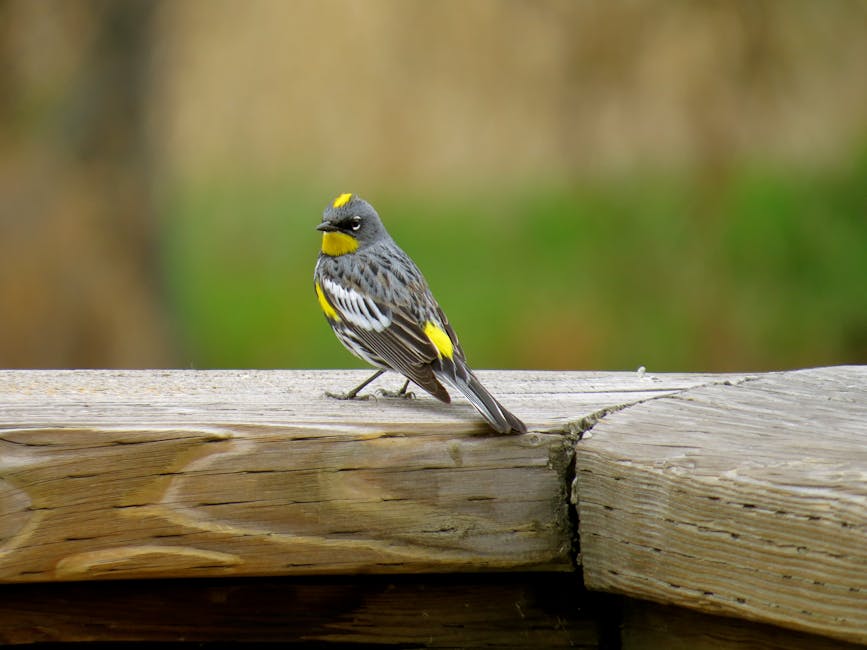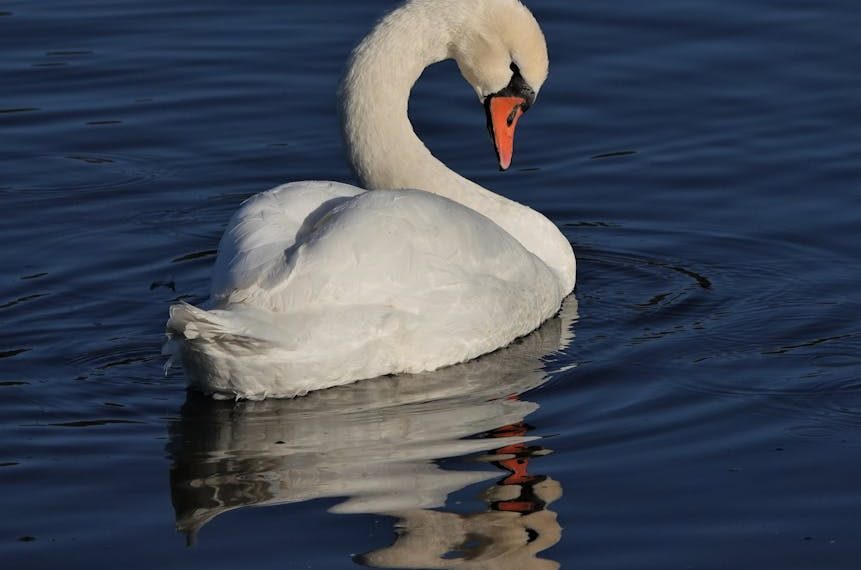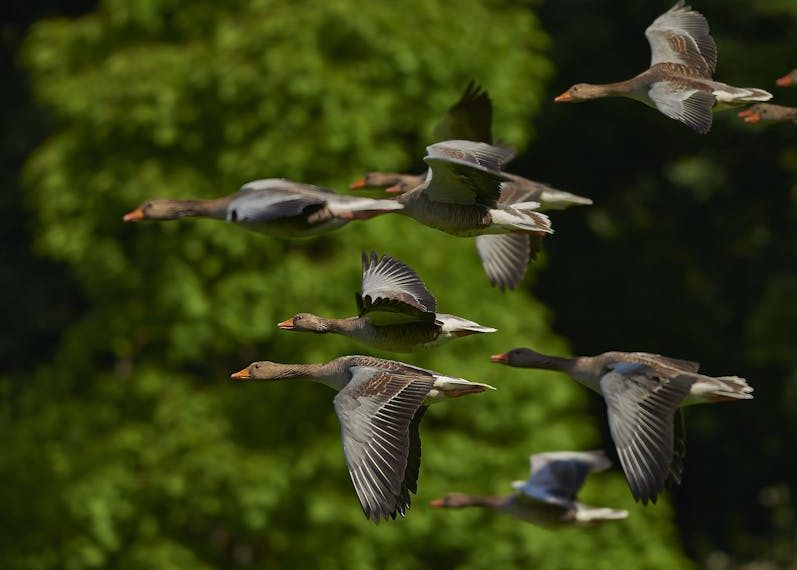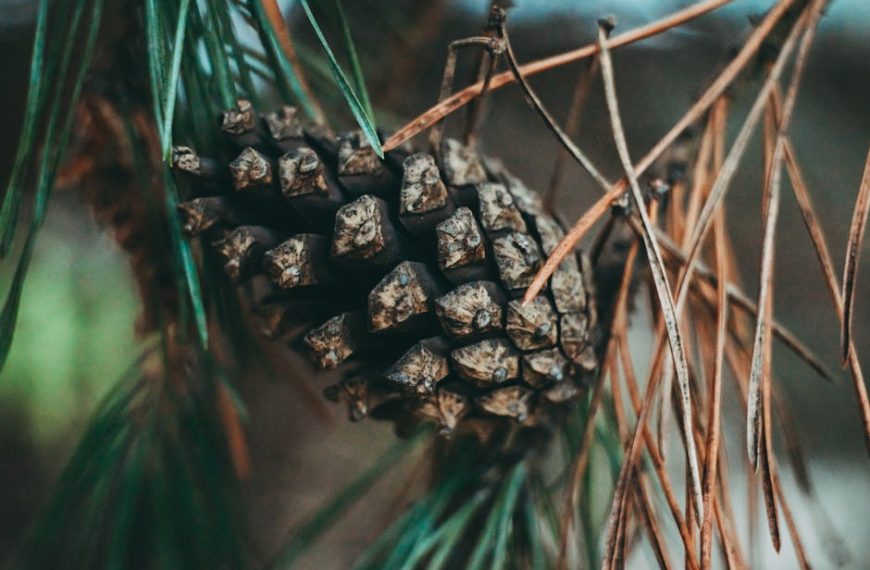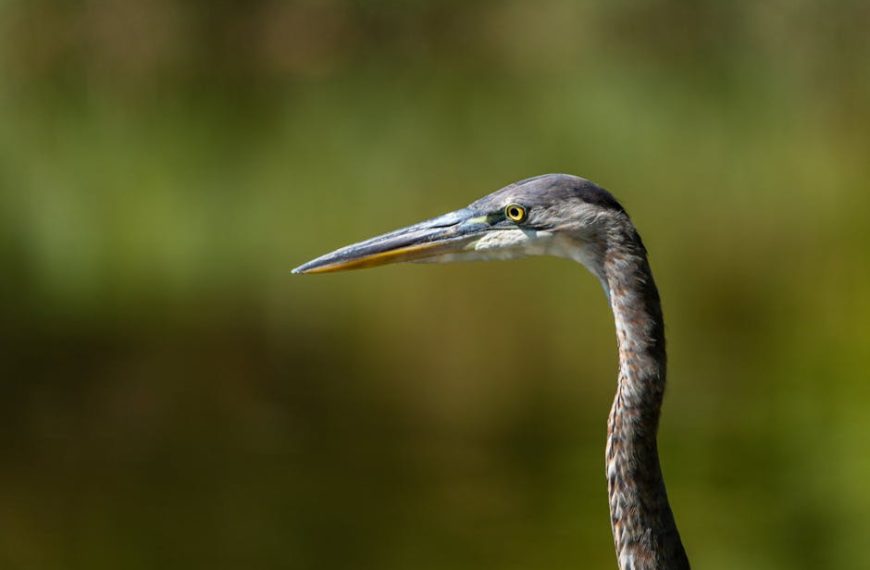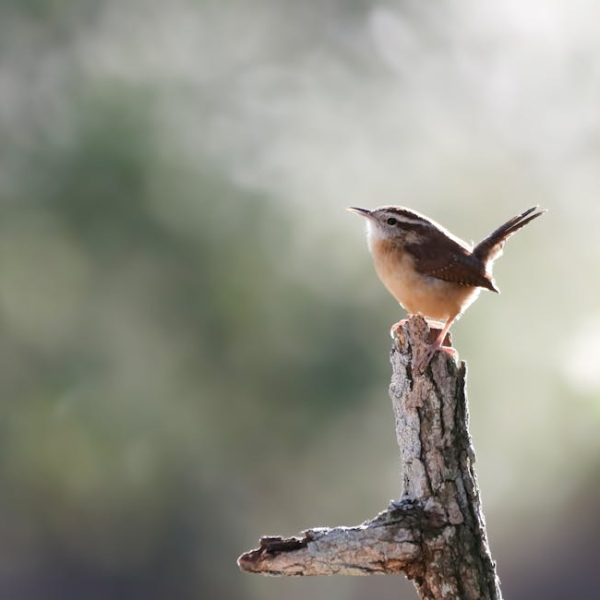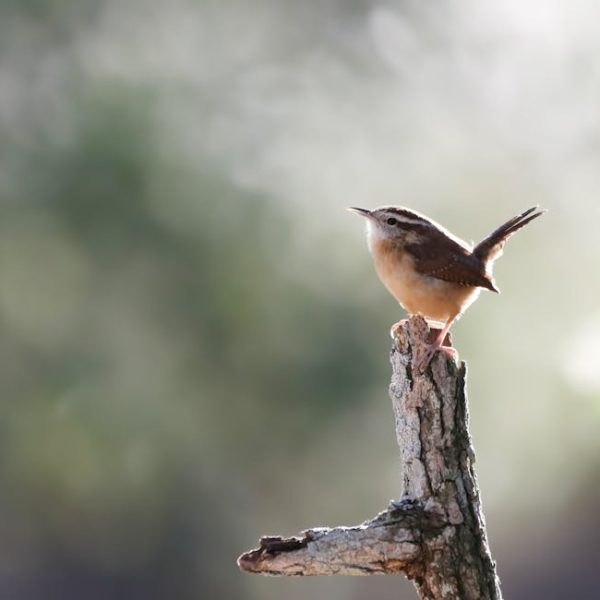The familiar scene of birds perched on porch railings might look serene, but the reality for homeowners is often anything but. Busy bird traffic can lead to loud noises, unsightly droppings, and an increased risk of disease transmission. While we appreciate the birds’ natural beauty, preserving the cleanliness and quality of our living spaces is paramount. This article will unveil an array of effective ways to keep birds off your porch railings, ensuring a harmonious coexistence with our winged neighbors.
Understanding the Need for Bird Deterrence
At first glance, the chirping of birds on our porch railings might be romantic, even nostalgic. However, extended habitation can create various nuisances, ranging from incessant noise to mess and possible disease risks. Some bird species may also cause significant damage by pecking on woodwork or leaving droppings that erode paint.
Pro tip:
Remember, our aim is not to harm or disturb our feathered friends but to re-direct them safely. Respect nature and the environment while safeguarding your lifestyle by using humane and non-harmful deterrent methods.
Utilizing Store-Bought Deterrents
When it comes to effective bird deterrents, several commercial products can offer a helping hand. Bird spikes, for instance, deter birds from landing on your railings without causing them any harm. Bird repellents work by creating a sensory disruption that birds find disagreeable, while decoys, representing predators, can frighten them off.
When choosing a store-bought deterrent, consider factors such as its safety for both birds and humans, durability, effectiveness, and ease of installation. Each option offers unique benefits and drawbacks. For instance, while bird spikes are highly effective, they may alter the aesthetic appearance of your porch. On the other hand, decoys might be less invasive, but their effectiveness often depends on the species of birds you’re dealing with.
Opting for Natural Bird Deterrent Techniques
If you prefer a more holistic approach, natural deterrent methods can be explored. Certain plants like lavender, lemongrass, and peppermint are known to repel birds owing to their strong aromas. Natural bird repellents, such as essential oils or spicy substances, can also be effective. Moreover, visual deterrents, such as reflective objects or wind chimes, can ward off birds without harming them or the environment.
Pro tip:
Essential oils like peppermint and lavender double as natural bird repellents. Not only are they safe and eco-friendly, but they also add a refreshing aroma to your porch.
Providing a balance between cost, sustainability, and effectiveness, natural deterrents measure favorably against store-bought deterrents. However, they might require more frequent application or maintenance to ensure persistent effectiveness.
Creating Physical Barriers on Porch Railings
Physical barriers, including bird netting or perch deterrents, can be highly effective. When installed correctly, these barriers prevent birds from landing or nesting on your porch railings. As with all deterrents, ensure your methods are safe – poorly installed barriers can harm birds and damage your railings.
Implementing Structural Changes to Deter Birds
For a long-term solution, consider making bird-deterring modifications to your porch structure. Altering the incline of railings or using materials that birds find unattractive can help deter them effectively. It’s wise to consider these changes during the planning stages of constructing or renovating your porch to avoid unnecessary future expenses.
In conclusion, an array of accessible and effective methods can keep your porch railings free from birds, ensuring you can always enjoy a peaceful, clean porch, no flapping or cooing included.
Understanding the Need for Bird Deterrence
Waking to the bird’s dawn chorus can certainly be a magical occurrence. However, when this occasional serenade becomes a permanent fixture in the form of burrowing swallows or boisterous pigeons making camp on your porch, issues can arise. Destructive pecking can harm railings, while droppings tarnish the aesthetic appeal of your porch, pose a slipping hazard, and serve as a potential vector for diseases such as histoplasmosis and salmonellosis.
Pro tip:
We strive to maintain a respectful and considerate coexistence with nature, meaning our bird deterrent practices must be non-harmful. Special regard should be given to protected species; always make sure to learn about local bird life and relevant laws before applying any deterrent.
Utilizing Store-Bought Deterrents
Various humane commercial deterrents can help keep birds off your porch railings:
- Bird spikes prevent birds from landing and roosting.
- Bird repellents create an olfactory environment which birds find unpleasant.
- Decoys, in the form of predators or scarecrows, can intimidate birds into looking for safer lodgings.
Care must be taken when selecting such products, ensuring they are safe, durable, compatible with your porch, and effective against the bird species you’re dealing with. Opt for products easy to install and clean and consider overall aesthetics.
Opting for Natural Bird Deterrent Techniques
For those seeking an eco-friendly approach, natural deterrents pose an attractive alternative. Several strategies can be adopted, such as:
- Planting bird-repelling plants: Species such as lavender, rosemary, and lemongrass can help create a bird-unfriendly ambiance.
- Using natural bird repellents: Capsicum-based repellents or particular essential oils can discomfort birds without causing any harm.
- Employing visual deterrents: Reflective tape, CDs, wind chimes, or even a pet can work to scare away birds.
Pro tip:
Essential oils such as Eucalyptus or Peppermint can function both as bird-repelling scents and pleasant aromatics for your porch. However, they require regular reapplication to maintain effectiveness.
Creating Physical Barriers on Porch Railings
Creating a physical obstacle can be an effective way to prevent birds from settling on your porch. Nets, especially those of fine mesh, can act as discreet barriers. Bird slides, strips of metal or plastic placed at an angle on railings can prevent perching. Make sure to install these additions securely to avoid causing possible harm and check periodically for trapped birds or damage done to the railings.
Implementing Structural Changes to Deter Birds
Rethinking the structure of your porch can also naturally deter birds. One strategy includes designing your railings with a steep incline or rounding their top, making perching difficult. Also, choosing materials which birds find unattractive can prove efficient. Involve these considerations in your initial porch design to avoid extra trouble down the road.
Pro tip:
When considering a renovation, seek professional advice to better understand which modifications would be most effective for your specific bird issue and how they can be harmoniously incorporated into your porch design.
In conclusion, you have numerous tools at disposal to deter birds from your porch without causing them harm. By respecting nature’s rhythm while taking measures to preserve your space, you can maintain a serene, bird-free porch and continue your peaceful coexistence with our feathery friends.
Key Takeaway:
- Excessive bird presence on porch railings can cause noise, mess, and disease risks. To prevent this, consider various humane bird deterring methods.
- Store-bought deterrents, like bird spikes, repellents, and decoys, can be effective but vary in price, safety, durability, and ease of installation.
- Natural deterrent techniques involving bird-repelling plants or essential oils can be eco-friendly, although they might require more frequent maintenance.
- Physical barriers like netting or perch deterrents are an efficient way to keep birds away from your porch railings.
- Structural changes, such as altering the incline of railings or using bird-unattractive materials, can provide a long-term solution to bird nuisances.
Remember, deterring birds should be done with respect for our feathered friends and the environment. By exploring these guidelines, you can keep your porch clean and serene without causing harm to the birds.
FAQs
Q: Is it illegal to use harmful methods to keep birds away from my porch?
A: Yes, many bird species are protected by law. It’s essential to choose deterrent methods that are non-harmful and comply with local regulations.
Q: What essential oils can double as bird repellents?
A: Essential oils like peppermint and lavender are known as natural bird repellents. These oils are safe, eco-friendly and also add a refreshing aroma to your porch.
Q: Can I make my own homemade bird deterrents?
A: Absolutely! Simple homemade deterrents could include hanging shiny objects that will reflect sunlight or placing wind chimes near your porch. These can effectively scare away birds without causing harm.
Q: How often should I replace or reapply my bird deterrents?
A: The frequency of maintenance depends on the type of deterrent you use. Natural deterrents like essential oils may require more frequent application, while physical barriers typically need infrequent but regular checks for damage or bird entrapment.
Q: Will changing my porch’s structure also detract other animals?
A: Changing your porch’s structure primarily targets bird-related issues, but depending upon the changes, it could affect other small animals as well. Make sure the changes you implement don’t unintentionally harm any wildlife.
Don’t forget to share this article and visit our website to learn more practical tips and information.
